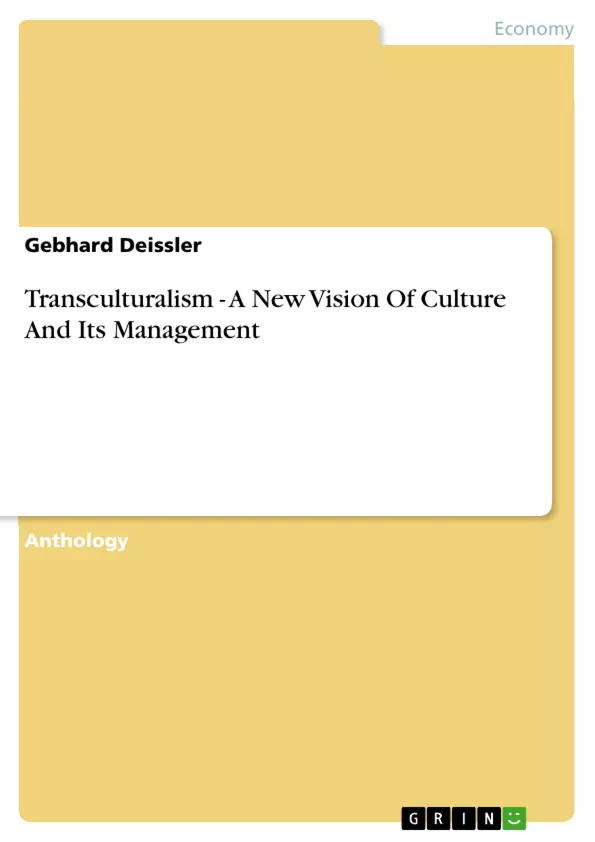Transculturalism is the complementary aspect of interculturalism. Both together provide a more complete picture of culture and thereby enhance its management. While the intercultural approach represents the past, the transcultural approach represents the future. At their convergence point they synergize as the living presence of culture to respond effectively to the cultural challenges of our time.
Un extracto estará disponible muy pronto.
Final del extracto de 157 páginas
- subir
- Citar trabajo
- D.E.A./UNIV. PARIS I Gebhard Deissler (Autor), 2010, Transculturalism - A New Vision Of Culture And Its Management, Múnich, GRIN Verlag, https://www.grin.com/document/176666
Leer eBook



